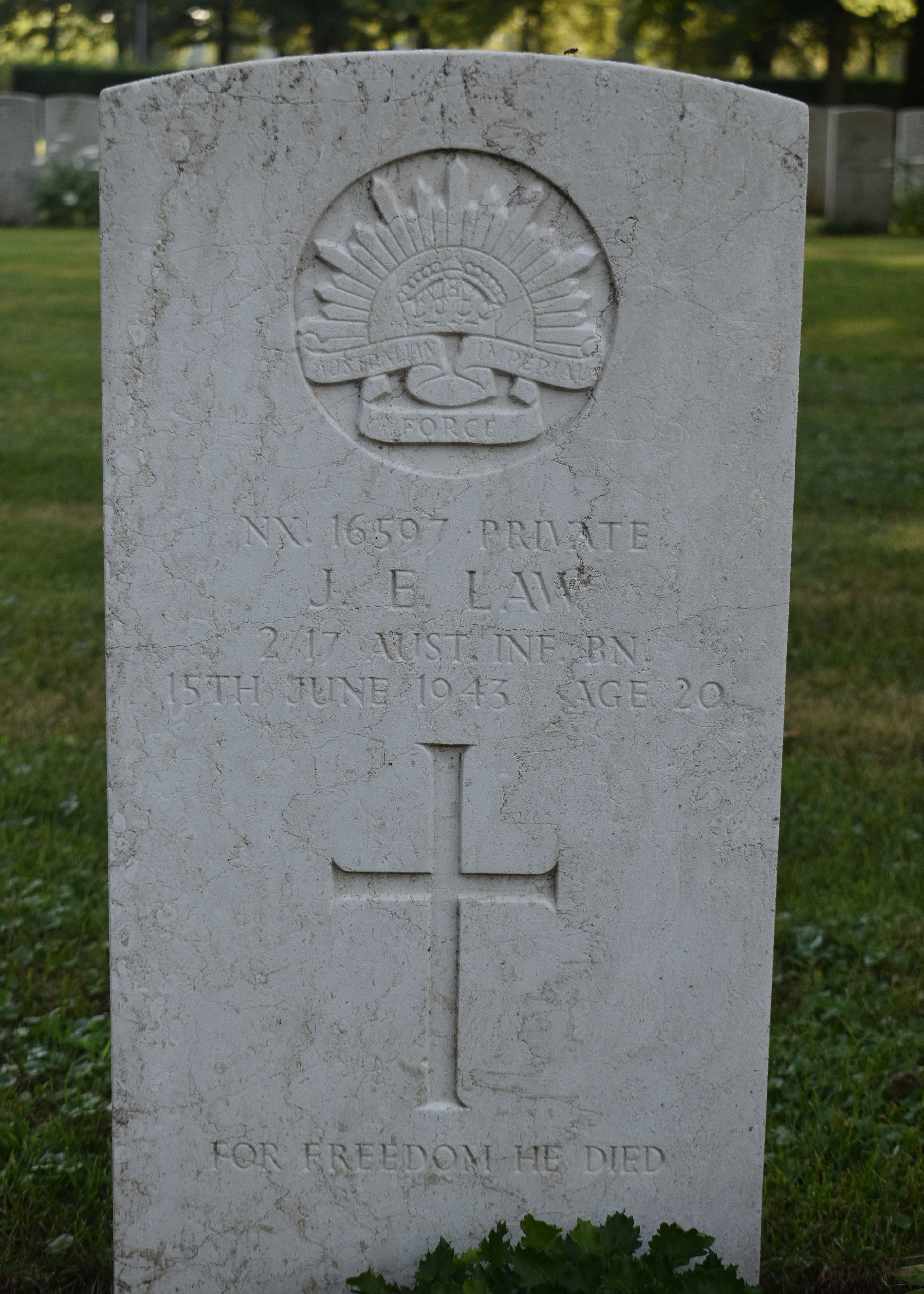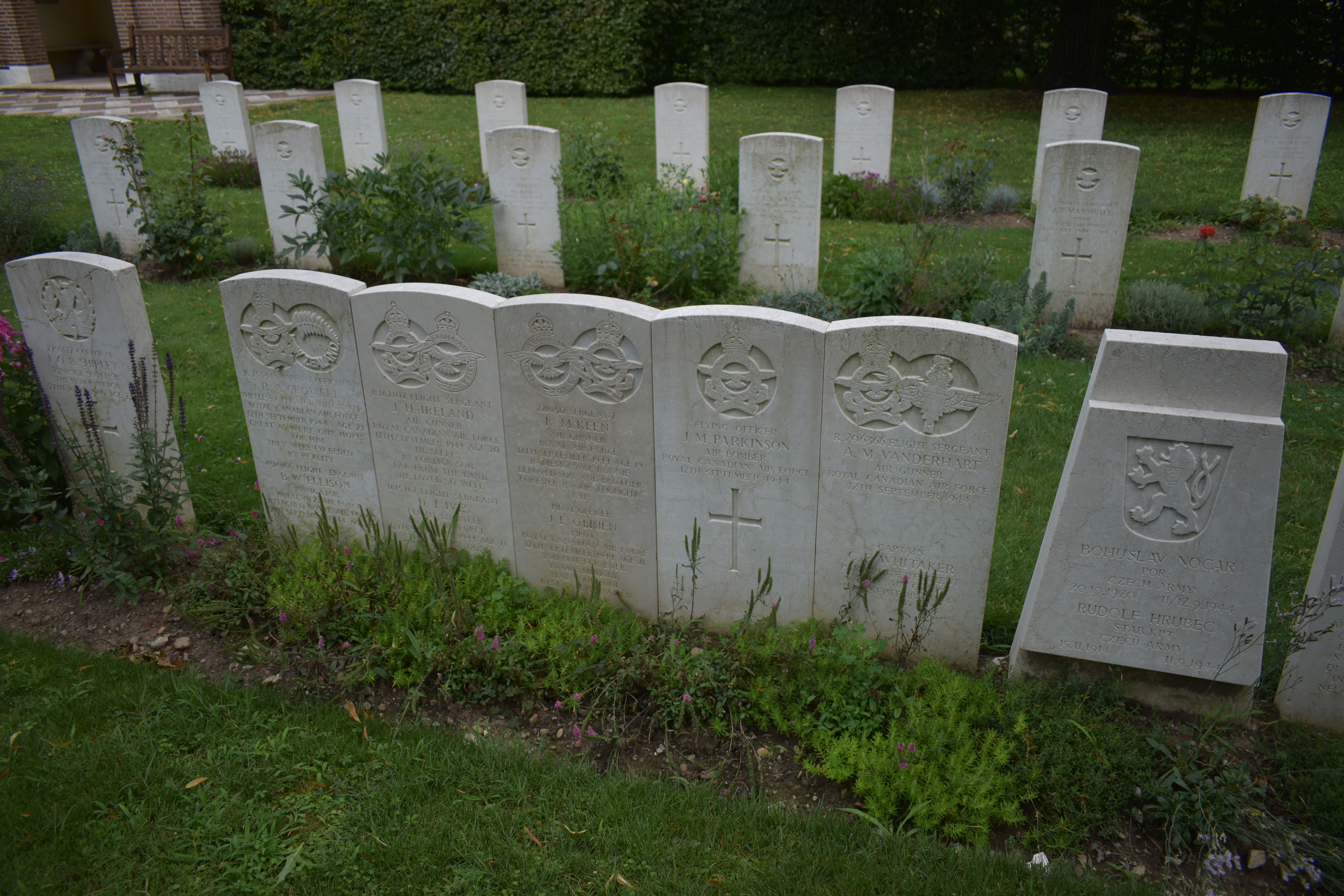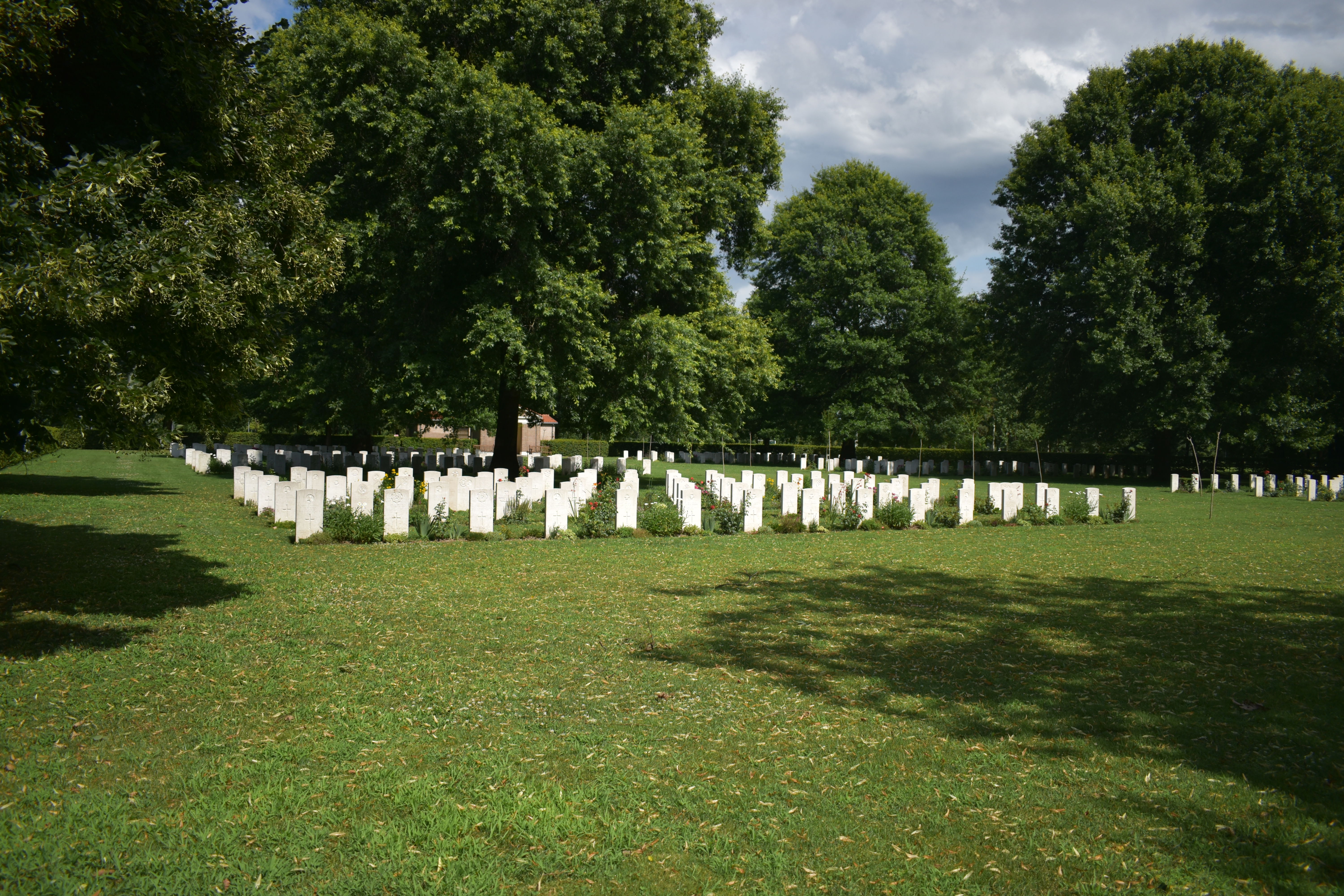Book Review: " Some Corner of a Foreign Field" by Janet Kinrade Dethick.
As you will see from the various blogs, this site like to divide its time between local history in Buxton and ( due to my current location) Italian matters. It also all started from looking at Prisoner of War Camps. So it is god to review a book which combines some of those interests. In the past , I have done some research on the Commonwealth War Graves in Milan, so it was with great interest that I picked up a copy of Janet Kinrade Dethick’s book “Some Corner of a Foreign Field”. I should also mention, that while living in Italy, Janet is originally from Derbyshire, and we do like to show some support to Derbyshire authors. Janet has written several previous books on Italian POW camps and related topics. I had previously read her book “The Bridge at Allerona” , regarding the tragic “friendly” fire incident in 1944 on the Italian bridge of that name.

Janet’s latest book contains the stories of hundreds of men interred in CWGC cemeteries in Italy, who died behind the lines. It does not cover the thousands of battle casualties buried in Italian War graves , but sensibly narrows its field to looking at those British and Commonwealth soldiers who died either as prisoners of war or escaped Prisoners of War and the many killed in Special forces missions in German occupied Italy. And very comprehensive it is too.
The first chapters cover the period before the Italian Armistice of 8 September 1943. During the fighting in North Africa between 1940 and 1942, the Italian acquired upwards of 70,000 British and Commonwealth Prisoners of War ( mainly South Africans, Australians, New Zealanders and Indians). As they had been in the First World War, the Italians proved to be hopelessly unprepared for dealing with large numbers of Prisoners. Initially, prisoners were kept in a series of squalid and insanitary transit camps on the North African littoral. To be fair, the Italians did try and abide by the Geneva conventions, food rations were in theory the same as those provided to ordinary Italian soldiers, which just happened to be barely adequate for subsistence. Conscious of the large numbers of Italian prisoners in British hands, the Italians tried to improve maters by shipping the prisoners to better camps on the Italian mainland. This itself proved a hazardous undertaking. Hundreds of British, Australian, New Zealand and Indian POWs were killed, when British submarines sunk the merchant ships carrying them across the Mediterranean. Although these deaths are outside the scope of Janet’s book, readers in Buxton may be interested in the passing reference to the sinking of the MV Scillin. One of Buxton’s World War Two casualties, Bernard Brindley lost his life on that ship. Arguably the Italians were grossly negligent by failing to mark these ships as carrying prisoners, although there is an argument that the British would have sunk them anyway, so as to not reveal that through ULTRA intelligence the were aware of Mediterranean shipping movements.
As Janet, illustrates once in Italy the POWS were by no means safe. Janet covers the incident in 1942, when the British unknowingly bombed a POW Hospital, H207 in the entre of Milan , killing seven Commonwealth prisoners, including three New Zealand medical staff and leaving 25 more buries under the rubble. The worst incident was at the Bridge of Allerona ( to which Janet has devoted a whole book ). There on 28 January 1944 a train carrying the US army Air Force mistakenly bombed a train carrying some 800 British, Commonwealth and American PoW’s. The Commonwealth casualties are mainly buried in the Bolsena CWGC Cemetery.

Private D.D Tuffley of the New Zealand Medical Corps, killed when the British mistakenly bombed a POW hospital in Milan. ( CWGC Milan cemetery). this incident is covered in Janet's book.
After the battles Libya, the Italians transferred wounded prisoners to hospitals in Italy, where many died of their wounds and are buried in War Graves near to those former hospitals. They also included those who died of illness in the Italian camps and as a Janet reveals a number of suicides. Added to these are a number of prisoners who were the victims of War Crimes and who were shot and killed by Italian guards, often “while escaping”. I have written elsewhere about the case of Private Law at PG106. Janet covers this and has evidently combed through the War Crimes files held by the National Archives to reveal a number of other stories. Having read through some of these files, which are dense mass of affidavits, translations and often repeated documents attached as copy memos, she had done a commendable job in distilling and summarizing this information.

Private J E Law, murdered by an Italian Guard at Camp PG .106 Vercelli. A number of similar War Crimes are covered in Janet's book.
The book then covers, the situation after the Italian Armistice on 8 September 1943. With the Allies pushing p from the South and the Germans invading the North, the country was in complete and utter chaos. In the north particularly the work camos around Vercelli the Italian guards simply went home and the prisoners just walked out of the camps. Further South, the Prisoners obeyed a misguided order to stay put and subsequently fell into German hands. Central and Northern Italy were full former POWs trying to make it South to the Allied lines , North to Switzerland or simply just hiding out. If you want to get a better impression of those times you really should read Eric Newby’s classic “Love and War in the Apennines”. Large numbers of ex-prisoners joined up to fight with Italian partisan formations. Inevitably many became casualties being captured and murdered by German or Italian Fascist Militias. Janet documents many of these cases, including the ANZAC POWs who had escaped from the Vercelli Camps and joined with partisans in the mountains in the Valsesia. Several of these were subsequently captured and murdered by the notorious 63 Battaglione Tagliamento and are buried in the CWGC Milan cemetery.

Private James McCracken , murdered by the 63 Battaglione Tagliamento while with the partisans in Valsesia
Then there were those who died through sheer misfortune, including the prisoners who were killed by an avalanche while trying to cross the mountains into liberated France at the Colle Galisia in November 1944. Janet covers all these and many other stories.

An unknown victim of the avalanche disaster at the Colle Galisia on 10th November 1944, buried at the CWGC Cemetery Milan
The book is not just about prisoners or escaped prisoners . As the war progressed up the Italian Peninsula, the British launched many Special Forces missions behind the Germans lines in Italy. Quite a number of these missions finished in tragedy through plane crashes.

Captain Charles F Whitaker of the Parachute Regiment and the crew of the Halifax Bomber which was carrying him on a secret ,mission into wartime Italy. CWGC Milan
Many brave men from the SAS, SBS and SOE were killed in action during these missions, trying to speed up the Allied advance northwards and reduce the heavy casualties anticipated. . Perhaps the best known was Operation Tombola which is covered in depth in Damien Lewis’s book SAS Italian Job. Casualties of this mission are buried in Milan, they include the former Spanish Republican Jose Belardi who joined the British Army under a nom di guerre and who was killed during the mission. Many other daring behind the lines 2 missions are covered as well.

Basque Republican Justo Balerdi who joined the SAS and died under the name Robert Bruce during Operation Tombola on 21 April 1945. CWGC Milan
All told , Janet’s book is a well-researched and very readable survey of the fate of many of those British and Commonwealth casualties who died behind the lines in Italy, and opens a window on many little known stories as well as some better known ones. It would be recommended reading for anybody whose tour of Italy happens to take then near any of the numerous commonwealth Cemeteries mentioned . The book is a fitting tribute to the men, whose stories it records.
Janet's book is available on Amazon ibn paperback or Kindle formats
